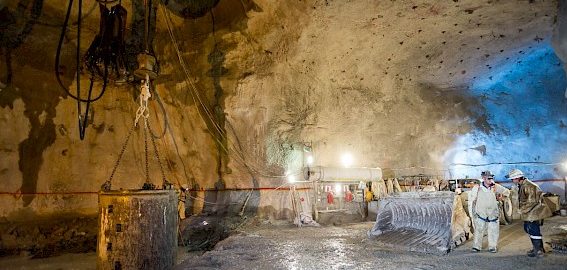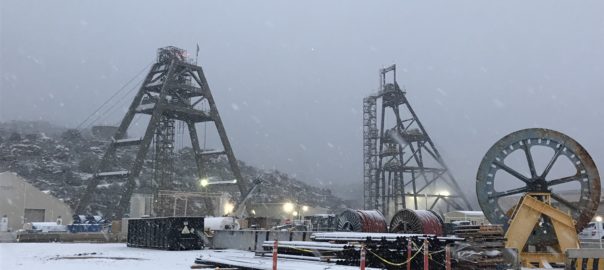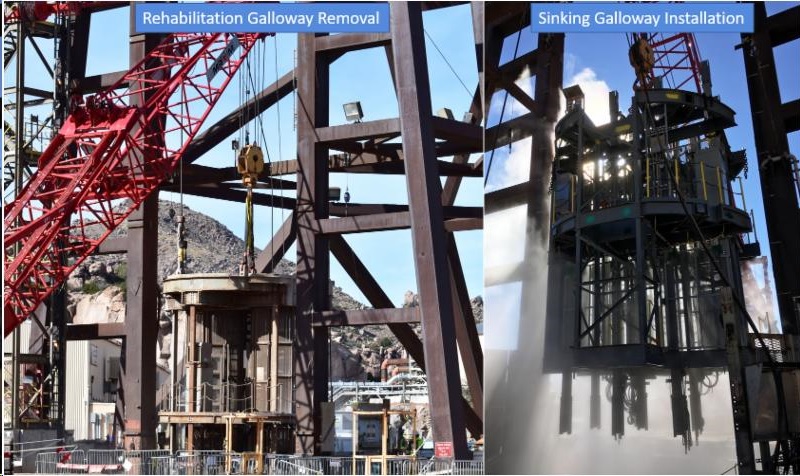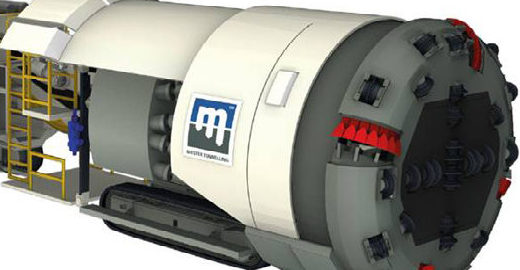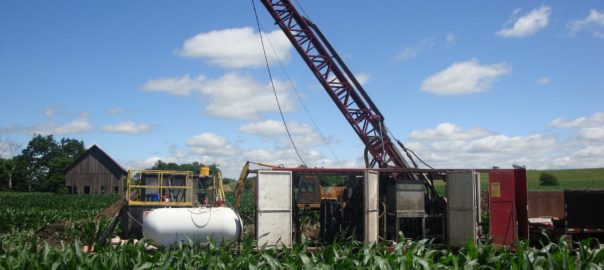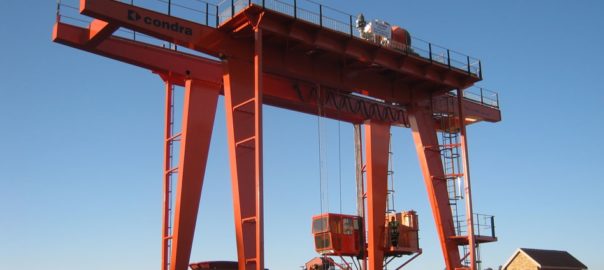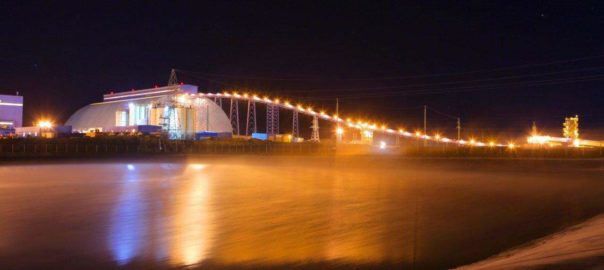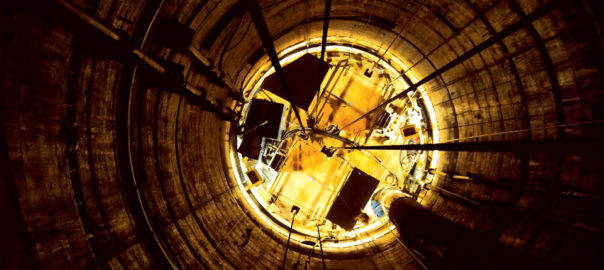Following a site visit to the Platreef PGM-nickel-copper-gold asset in South Africa just after this month’s Mining Indaba, Ivanplats has provided an update on progress at the project.
In July 2017, Ivanhoe, which indirectly owns 64% of the Platreef project through its subsidiary, Ivanplats, issued an independent, definitive feasibility study (DFS) for Platreef covering the first phase of production at an initial mining rate of 4 Mt/y. The DFS estimated Platreef’s initial, average annual production rate would be 476,000 oz of platinum, palladium, rhodium and gold, plus 21 MIb (9,525 t) of nickel and 13 MIb (5,897 t) of copper.
In the latest update, Ivanplats said good progress continued to be made on Shaft 1’s 850-m-level station. This is the second of three horizontal mining access stations planned for Shaft 1 at Platreef on the northern limb of the Bushveld Complex.
Platreef said: “The first underground mining access station has been constructed at the 750-m level, following earlier development of a water-pumping station at the 450-m level. The third mining access station will be developed at a mine-working depth of 950 m.”
Shaft 1 is expected to reach its projected, final depth of approximately 980 m below surface, complete with all four of the stations, in early 2020, Ivanplats said. The mining zones in the current Platreef mine plan occur at depths ranging from approximately 700 m to 1,200 m below surface.
Construction also is underway on the concrete foundation for the project’s main production shaft ─ Shaft 2, according to Ivanplats. “This foundation will support the 103-m-tall concrete headgear (headframe) that will house Shaft 2’s permanent hoisting facilities and support the shaft collar,” the company said.
Shaft 2 will have an internal diameter of 10 m and will be equipped with two 40-t rock-hoisting skips with a capacity to hoist a total of 6 Mt/y of ore – the single largest hoisting capacity at any mine in Africa, according to Ivanplats.
The South African beneficiaries of the approved broad-based, black economic empowerment structure have a 26% stake in the Platreef project. The remaining 10% is owned by a Japanese consortium of ITOCHU Corp; Japan Oil, Gas and Metals National Corporation; and Japan Gas Corp.






